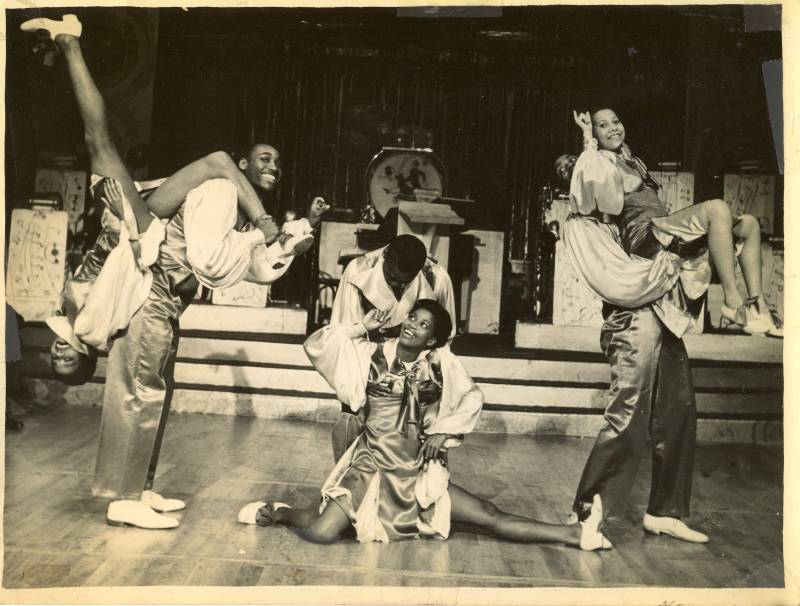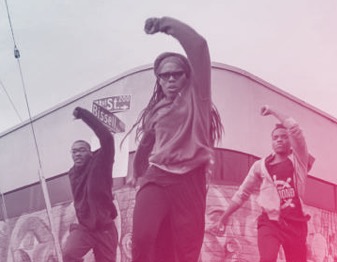The jazz band is swinging hard as two Black dancers Charleston in the middle of a jam. The crowd roars as one kicks wildly in every direction and then drops into a jazz split. This isn’t 1922—it’s May 2022 in Harlem, New York.
“I feel called to learn more about these traditions,” says Tyedric Hill. “I do a lot to make it visible—making Black people aware that there is a history of theirs that is worth learning about and being proud of.” Hill is a Columbus, Ohio-based practitioner of Lindy Hop, an energetic, joyful dance that was born in Harlem in the 1920s.
Today, Lindy Hop is a global phenomenon with dance communities in places like Stockholm, Seoul and San Francisco. Much of that popularity can be traced back to a swing craze in the 1990s, fueled by movies like Swingers and Swing Kids and a Gap clothing ad featuring mostly white dancers jitterbugging in khakis. In popular media, the dance has been largely represented by white and non-Black dancers, obscuring its beginnings as a Black art form.
But in recent years, an intergenerational group of Black dancers, through efforts like the Black Lindy Hoppers Fund, have been fighting to ensure that their history and continued participation in this dance is recognized and honored.

Lindy Hop emerged as part of the 1918–1930s explosion of Black artistic creativity dubbed the “Harlem Renaissance.” Musical legends Duke Ellington, Count Basie, and Ella Fitzgerald helped create the era’s soundtrack. New York may have been the center of activity, but Black musicians, dancers, authors, poets and artists were producing incredible work from urban centers all over the United States. Columbus, particularly the King-Lincoln Bronzeville neighborhood, was one of those hubs, where theaters, jazz clubs and other Black-owned businesses flourished.

